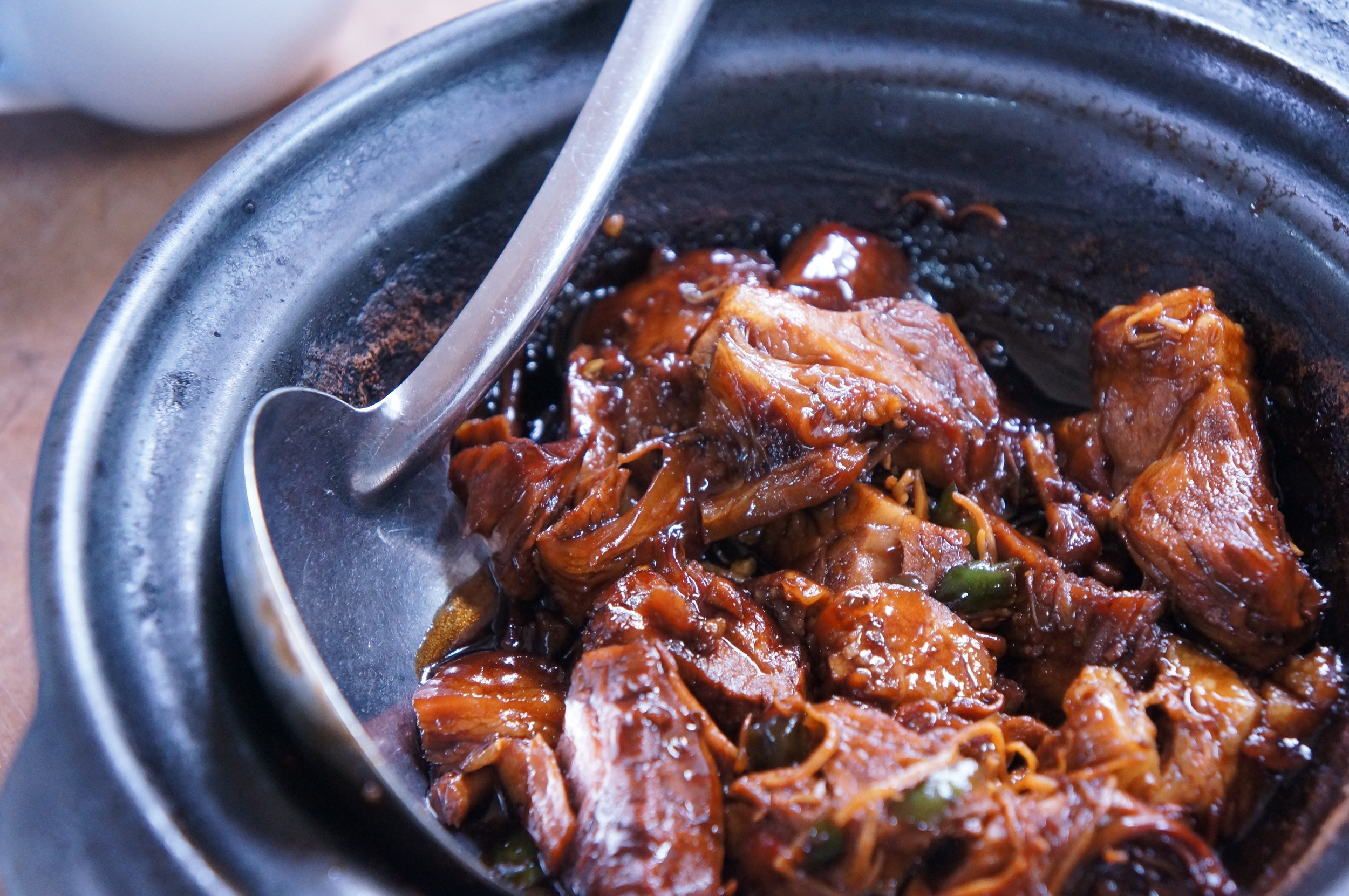The Chemistry of High-Desert Cooking
/If you’re a Betty Crocker fan, you know her boxed mixes have super-simple instructions—with one caveat. If you’re at a high altitude (“3,500 - 6,500 feet”), the ingredients are re-proportioned and the bake-time is recalculated. What gives?
The higher you climb into thin air, the less air pressure you’ll have in your kitchen, and that has consequences for your cooking. The main issue: water’s boiling point.
You probably learned in school that water boils at 212°F, or 100°C for the metric-minded among us. This is true... ish. Actually, a substance’s boiling point isn’t a stable number: it fluctuates according to atmospheric pressure. Water boils at 212°F at sea level, but as you head uphill and the air pressure drops, water’s boiling point drops as well.
Good Old H2O
Altitude (ft) = boiling point (°F)
0 ft = 212.0 °F
1000 ft = 210.1 °F
2000 ft = 208.1 °F
3000 ft = 206.2 °F
4000 ft = 204.3 °F
5000 ft = 202.4 °F
6000 ft = 200.6 °F
7000 ft = 198.7 °F
8000 ft = 196.9 °F
9000 ft = 195.0 °F
10000ft = 193.2 °F
My burqueña kitchen is about 5,000 feet up, so the water in my kettle boils a full ten degrees Fahrenheit below what it did back at sea level. Hey, it’s great for brewing tea a little faster! But it can wreak havoc on other recipes.
Basically, water’s boiling point sets the upper limit for the temperature in a given pan. Here in ABQ, as soon as water hits 202.4°F it escapes as steam, leaving ingredients a bit cooler than what a recipe might intend when it says to bring things to a simmer or boil. Turning up the heat won’t help: the extra energy just pushes water to boil off more quickly without raising the temperature it leaves behind. Your dish will take just as long to cook through but might dry out more in the process.
Which dishes can you expect to cook longer? Everything with water as its base—so, everything. (Even the lean muscle-mass of meat is actually 75% water.) Eggs, pasta, rice, soups, sauces, and veggies all need at least a few extra minutes, and may benefit from more basting or added liquid to compensate for the moisture lost in that time. Whether you’re grilling, roasting, or braising, you’ll also want to double-check your meat and poultry with a thermometer to be sure it’s done before you dig in.
The big exception to all of the above? Pressure cookers, of course! These magic little appliances create their own internal “atmospheric” pressure, so you can forget everything you just read and follow the usual instructions.
Turning our attention to dessert…
Baking at high altitudes can be even trickier than cooking the main course. Not only does water’s decreased boiling point still affect cook times and moisture levels, but the lower air pressure means the gases within dough or batter expand more than they would at sea level. Breads, brownies, cakes, and cookies all rely on air bubbles for their texture. Bigger bubbles can mean a fluffier consistency—or just uneven baking and a collapsed middle.
The obvious way to minimize bubbles is to reduce the amount of leavening agent (baking soda, baking powder, or yeast), but this can compromise the interaction of other ingredients. With yeasty breads, you might be better off leaving the proportions untouched and just giving the dough an extra punch-down before baking it. Other tricks to try for breads and cakes include adding a little more water or flour (to keep a pliable structure), decreasing the sugar or oil components (which can weaken dough and lead to crumbling), beating eggs to a softer stage (so they don’t become too light and fragile), and fiddling with the temperature and cook time in either direction.
If it sounds complicated, it is. Chemistry is all about careful experimentation, after all—but don’t worry, you’re not alone. Remember Betty Crocker’s box instructions? She’s got you covered for from-scratch baking too with this list of detailed suggestions for adjusting recipes as you go. Just keep baking and tweaking, baking and tweaking, and as long as you keep notes of what you change with with each batch, you can justify eating cupcakes every night for a week. In the words of Mythbuster Adam Savage, “Remember kids, the only difference between screwing around and science is writing it down!”
This post was brought to you by the Food Safety and Inspection Service of the United States Department of Agriculture, the high-altitude culinary experiences of Kelley Epstein at Mountain Mama Cooks, and an exceptionally well-adjusted batch of homemade chocolate chip cookies.





